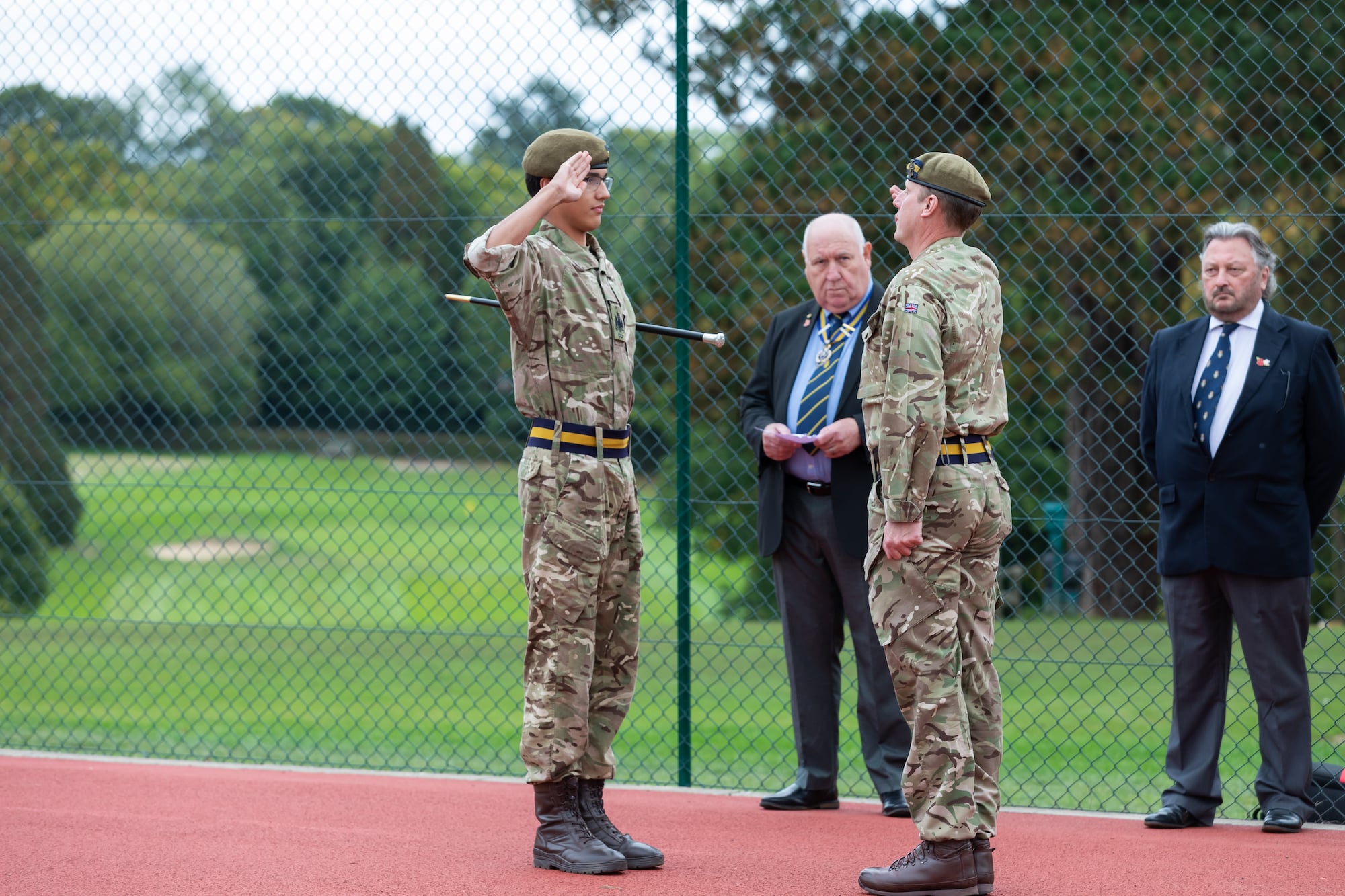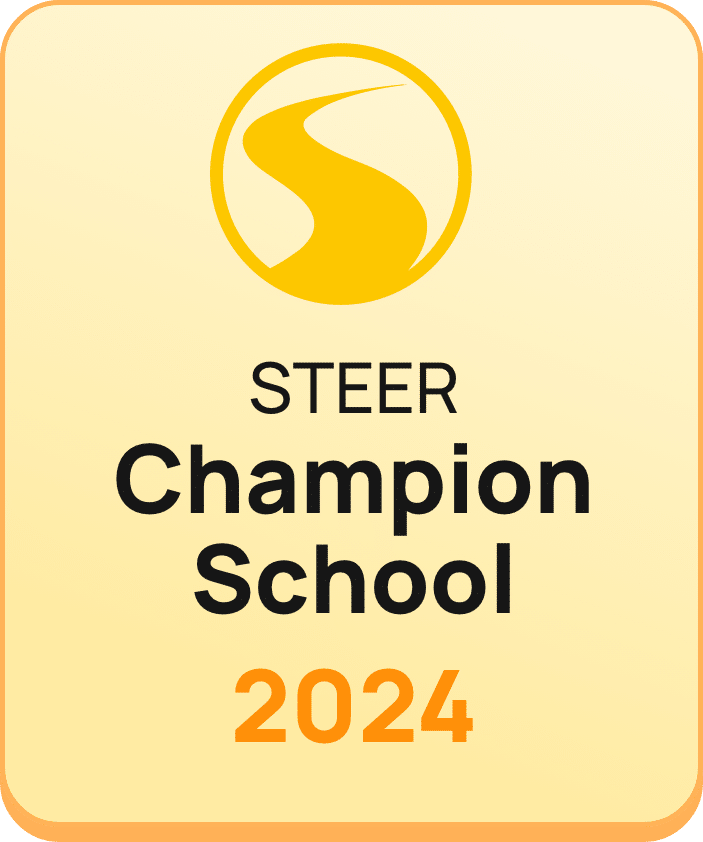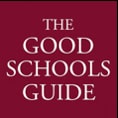At the end of the Easter holidays, 27 Cranleigh Sixth Form physicists flew out to Geneva for a three-day visit to one of Europe’s most cosmopolitan destinations. The schedule included not only a tour of the newly restarted Hadron Collider – the largest and most complicated experiment ever designed by mankind – but also a boat trip on Lake Geneva, visits to the Red Cross and History of Science museums and an interesting tour of the United Nations second headquarters located in Geneva itself.
of the newly restarted Hadron Collider – the largest and most complicated experiment ever designed by mankind – but also a boat trip on Lake Geneva, visits to the Red Cross and History of Science museums and an interesting tour of the United Nations second headquarters located in Geneva itself.
The many different demonstrations and showcases at CERN enabled the pupils to submerge themselves within the exciting science of the project, which was extremely relevant to the A Level course. The Hadron Collider project is not only an incredible feat of engineering and international co-operation, it also contains the hottest and the coldest places in the known universe – colder than the depths of space and as hot as at the start of the Big Bang. The students were given a chance to look at one of the working areas of CERN that included the ‘Anti-matter Factory’. They observed physicists going about their daily work and were talked through some of the key components of the accelerators in that building and the tunnel below their feet.
A fascinating day was concluded by a look at the computing resources used at CERN to process all of the data collected from the experiments. Entire halls are given over to rows of PCs and network servers. Thirty years ago, the WWW was invented at CERN and the organisation is now pioneering another IT phenomenon: the Grid. The Grid is a network of computers located all across the world at CERN’s affiliate centres and is used to complete the processing and storage of the experimental data so as to reduce the IT infrastructure demand on any one establishment.
servers. Thirty years ago, the WWW was invented at CERN and the organisation is now pioneering another IT phenomenon: the Grid. The Grid is a network of computers located all across the world at CERN’s affiliate centres and is used to complete the processing and storage of the experimental data so as to reduce the IT infrastructure demand on any one establishment.
Before the return flight on the third day, there was time to visit the moving and poignant Red Cross museum. This documented and beautifully illustrated the history and current work of both the Christian Red Cross and Muslim Red Crescent organisations. It provided an opportunity for everyone to appreciate the wider social aspects of science and in particular, international, co-operative projects like CERN.
The United Nations visit also provided a detailed look at top-level international politics within the spectacular halls of the Palais de Nations. A highlight included the group being able to sit in the seats of individual countries within the main chamber.
Rob Lane
Head of Physics















